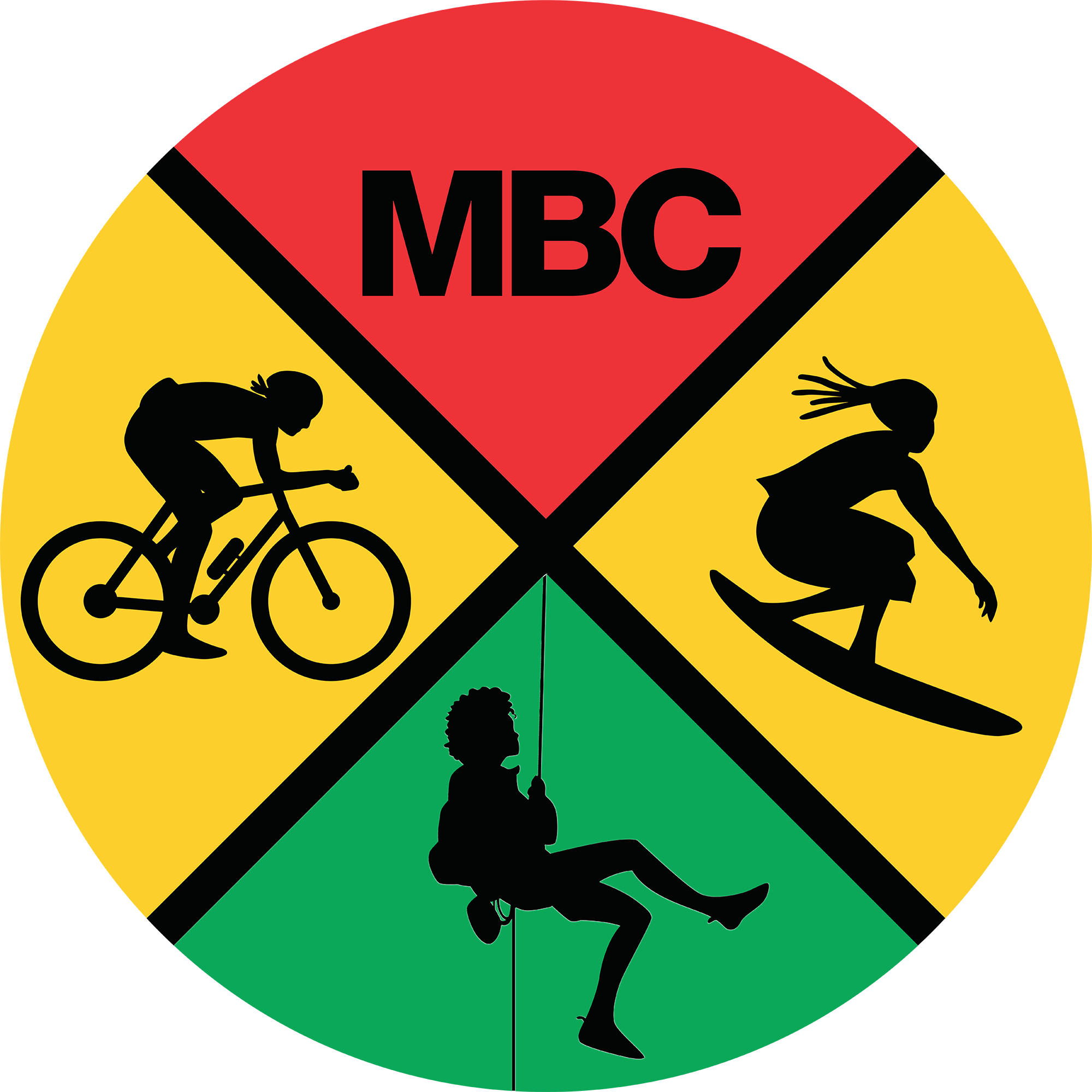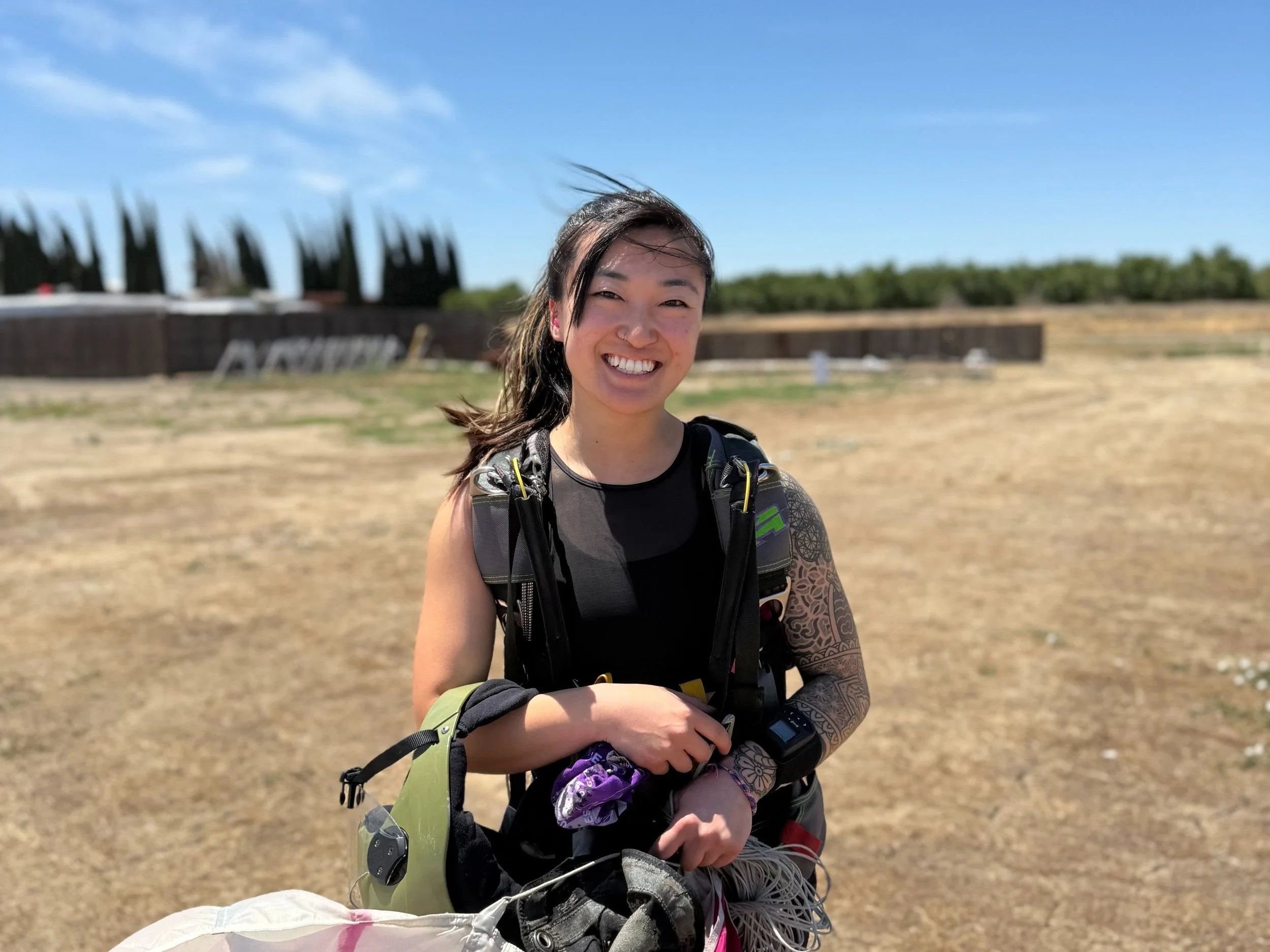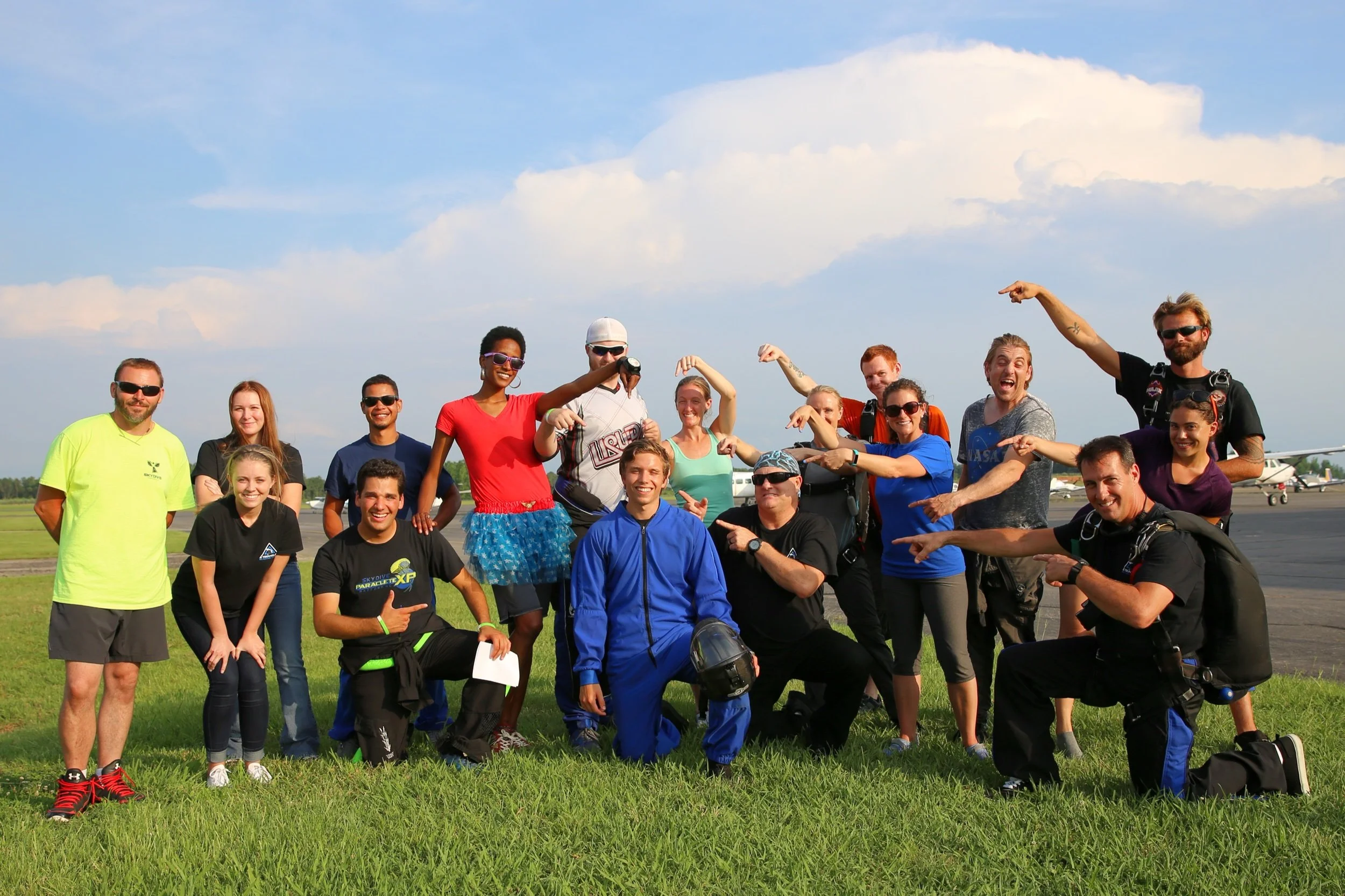Learning To Fit In as a Woman Skydiver
Photo credit: Melissa Pradia
Esther Park is on a mission to help women in skydiving fit in–literally.
She left a comfortable job in scientific sales after a life-changing skydiving accident. Since then, she founded a company, Girls in Sky Places, to help women find correctly-sized gear.
“I broke my back during a high performance landing,” said Park. “I got super lucky; in three months I was cleared to do everything.”
During that time, she also had a change of heart. After five years in the sport, she decided to become a full-time skydiving instructor and full-time entrepreneur.
Park has accumulated over 1,400 jumps and earned a D-license – one of the highest levels of proficiency. She also has an instructor rating which she uses to teach beginners how to solo skydive.
Her accident was a turning point that helped redirect her energy toward uplifting and empowering women in the sport. These days, she hosts in-person events while building an online presence for her brand. Her longterm goal for Girls in Sky Places is to launch a rental service so more women can start skydiving in gear that’s made for their bodies.
Park explained that when women enter the sport, they face a lot of obstacles from toxic masculinity to ill-fitting gear.
“Often, their [parachute] containers are way too big,” said Park. “Sometimes, instructors will push for aggressive downsizing to get women into gear that fits them a little better.”
This was her personal experience as well. It can be a major safety concern.
“I would hear my instructors bickering about it and that was also kind of scary,” Park recalled.
Some women find themselves flying smaller, faster, high-performance canopies while they are still on student status. In other words, before they have the skills to do so safely. Smaller canopies, up to a point, are easier for lighter skydivers to fly and land–and that includes the average 5’4” woman.
However, they can be dangerous. According to the United States Parachute Association, Skydiver Information Manual, canopies smaller than 150 square feet are high performance. And students do not belong on high performance gear when they are still trying to learn the basics, Park explained.
On the other hand, many women learn to skydive wearing rental gear designed for much bigger bodies. The leg straps won’t cinch tightly enough; the shoulder straps slide off; and the parachute rig is far too bulky to easily control in free fall. Instead, they struggle to stabilize themselves in mid-air.
In addition, the brake lines are often too long for an average height woman to flare properly which can lead to poor technique or rough landings.
Both methods can result in accidents while contributing to the stereotype that women are ‘bad at canopy piloting.’ They’re an example of how the “deck can be stacked against women in the sport.”
Women deserve better, according to Park.
She firmly believes women who skydive deserve student gear that fits properly and canopies that are safe for them to fly. They deserve the same chance as anyone else to fall in love with the sport that captured her heart.
For Park, learning to skydive meant building deep friendships with other women who taught her “what love, support and sisterhood truly means.” It’s what kept her around all these years.
“It’s both the community and feeling confidence to make goals and achieve them,” she added. “It’s turned me into a person I don’t recognize, in the best way!”
For now, she’s working to instill the same confidence in other women, both as a skydiving instructor and as an entrepreneur. Through Girls in Sky Places, she has organized multiple events at Bay Area drop zone, Skydive California, that place women front and center.
“It’s so empowering to be on a plane that is majority women,” Park smiled enthusiastically.
Finally, her advice to anyone thinking about learning to skydive is this: “Do it scared, do it anxious. The other side of your fear is empowerment.”





















The outdoors can be a dangerous place and fear might initially keep you from trying new things. So here are four reasons why you should do it scared.